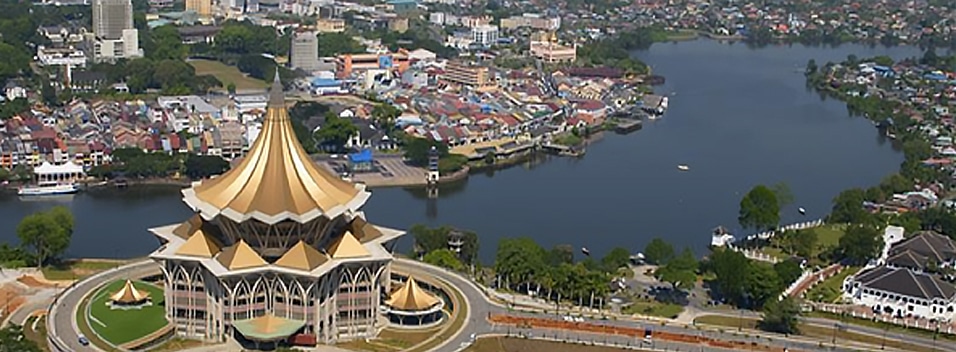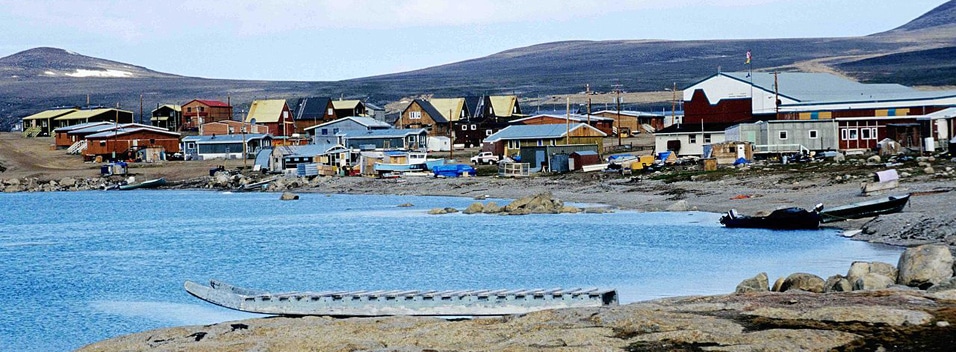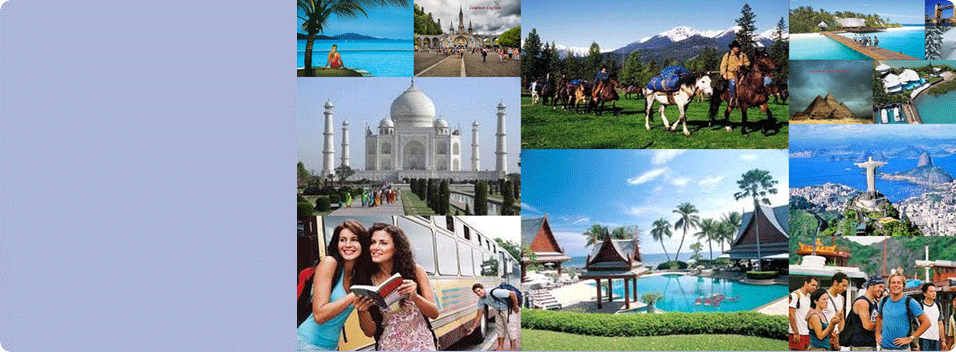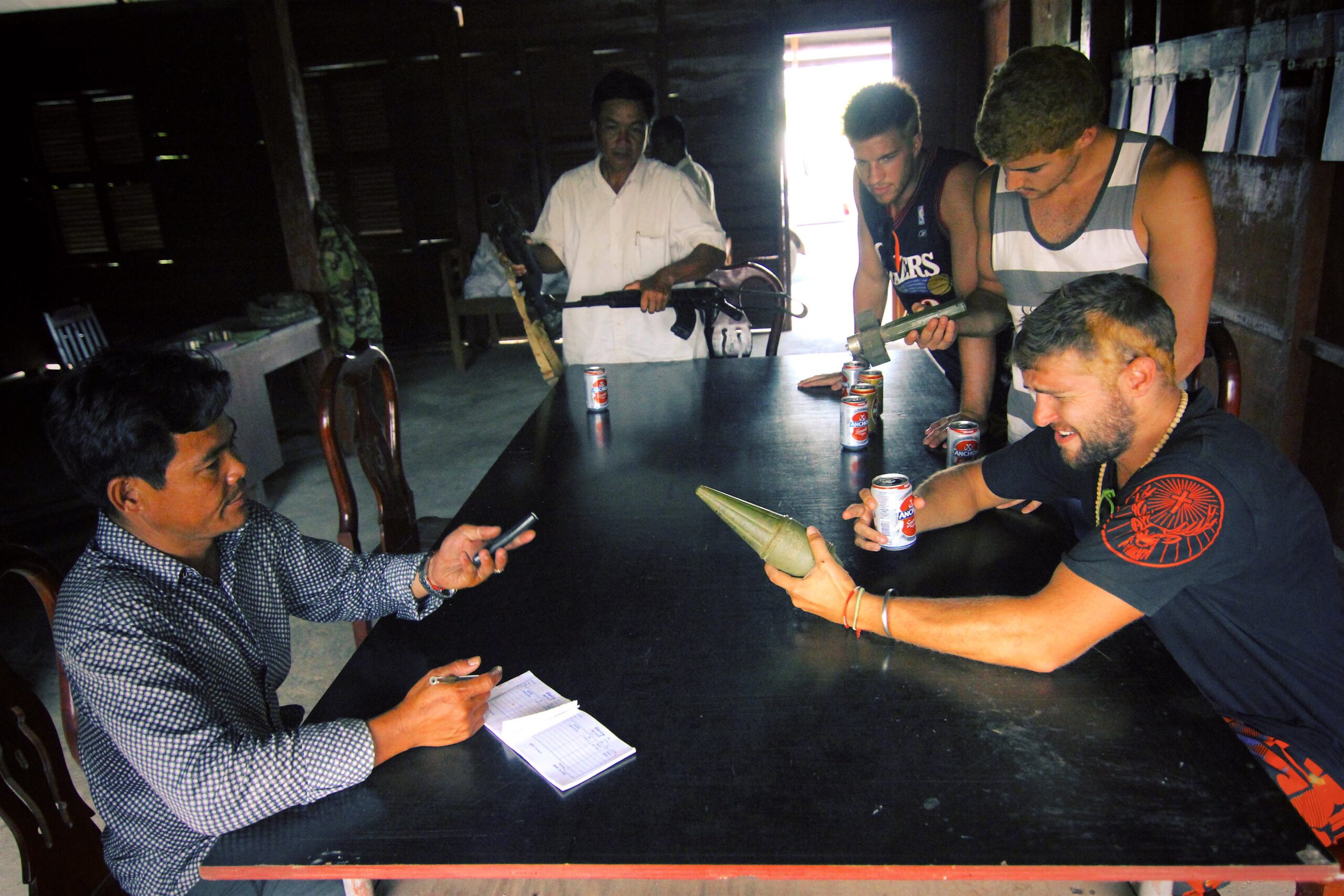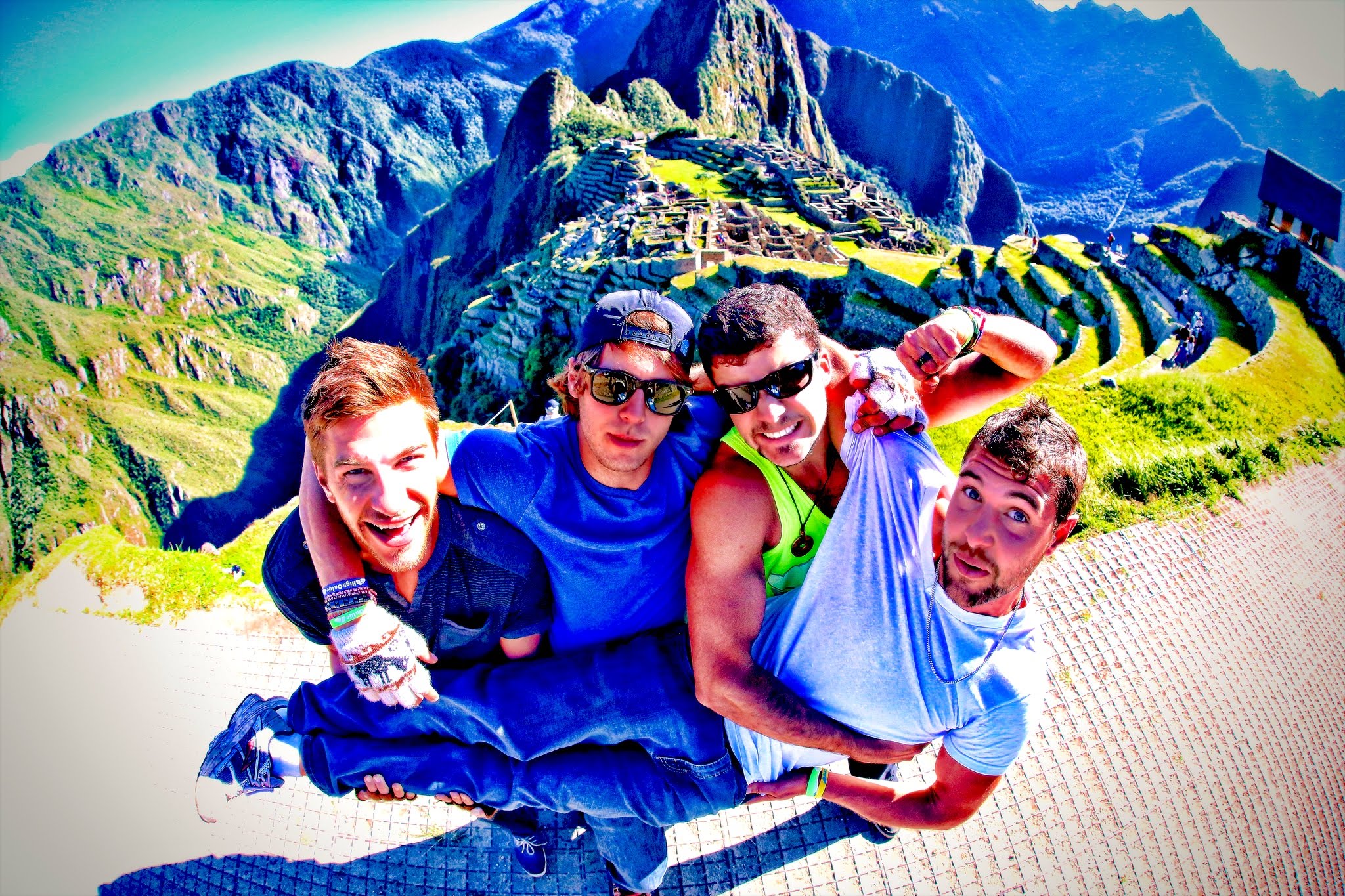Globe-Trotting Around The World
Despite rising travel costs, global circumnavigation continues to be a lifetime dream for many Americans. In fact, according to a 2004 National Geographic Traveler/Yahoo Travel poll, two out of three people voted a round-the-world (RTW) trip as the “ultimate travel experience.”
RTW travel includes stopping in at least three regions and traveling in one direction without backtracking. From college graduates looking for one last adventure before hitting the workforce to families and retired individuals looking to expand their horizons, RTW travel has broad appeal. All you need is some time off and a strong desire to meet new people, learn about other cultures and discover more about yourself.
Whether you’re currently planning a RTW voyage or are one of the many Americans dreaming of seeing the world some day, below are a few tips for making the journey hassle-free:
• Hit the Web to design your dream route. With so many potential places to visit, deciding where to go can be challenging. Luckily, there is a wealth of resources available online to help. A good place to start is perpetualtravel.com, where you’ll find a good “RTW 101” travel guide. For a more comprehensive search, check out BootsnAll.com, a leading online RTW resource for independent travelers, offering everything from practical advice and travel deals to inspiration for first-time travelers.
• Travel against the clock and arrive at night to fight jet lag. When traveling around the world, you can go clockwise or counterclockwise. Word from the wise-head counterclockwise. Doing so helps alleviate jet lag by tacking on additional hours to the day, ensuring that you’ll be better rested to enjoy your journey. Additionally, try to schedule flights that arrive after 8 p.m. local time. People tend to be exhausted when they get off a plane, so you’ll be more likely to sleep.
• Make sure your fare is fair. When gauging costs, keep in mind that an average 29,000-mile ticket in economy class should cost approximately .10 per mile. That means an average fare should run anywhere between ,000 and ,000.
• Know what you’re getting. Traveling via airline alliance partners is the most convenient way to book. However, with multiple carriers for each leg of the trip, you never really know what you’re going to get. The good news is that as of October, Air New Zealand will be the only airline to offer RTW service exclusively on its own planes. Not only will the new service provide globe-trotters with RTW travel options at affordable prices, but also ensure they will enjoy consistent quality along the way.
• When packing, less is more. Believe it or not, as a general rule of thumb, the longer the trip, the less you should pack. In fact, many travel guides suggest making a list of everything you need and cutting it in half. Bring the basics, including mix-and-match clothes you can layer, and plan on picking things up along the way as you need them. Packing only the necessities will also save room for souvenirs and purchases you accumulate on the journey.

